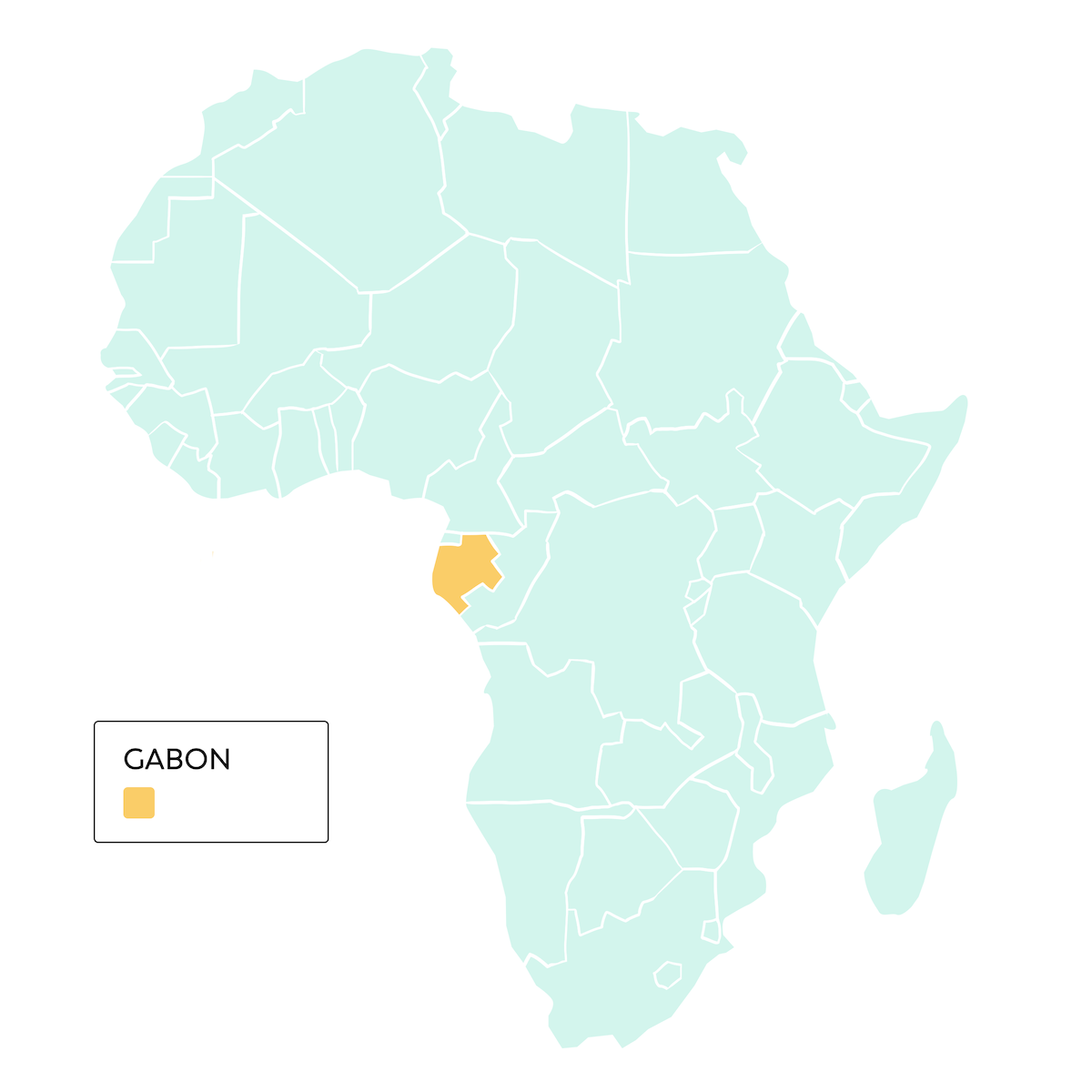


The creations that we will discover in this chapter have one thing in common: they were not just made to “look pretty”. The masks or statues had a precise ritual use, often sacred.
Let’s take a look!

Some African artworks had a very precise function and were used in religious rituals.
This is the sort of cliché we hear of when talking about African culture: masks. But, these masks are not just carvings of wood!
On the contrary, in Africa, a mask is part of a “whole”. There are the wooden parts, but there is also the costume concealing the body, the accessories, and the dancing. At this point, the mask becomes a medium through which spirits appear in the community.


African masks, which are made up of costumes, accessories and dancing, are used for manifestations of spirits.
Historically speaking, in most African religions, there’s the existence of a supreme God who created the world, but who became so detached from humanity that they were completely unreachable!
To resolve their problems, humans have to call on secondary deities as intermediaries: the spirits. This is known as animism (the Latin word for “spirit” is anima).
Watch out, these secondary deities are far from charming creatures. They must be revered regularly or else they can cause serious trouble!

Historically speaking, most African societies are animist and revere spirits, which are secondary deities.
Ancestors are also found amongst secondary deities. When important people die, they can continue to influence the life of their descendants.
In Gabon, down to the 20th century the Fang and Kota populations put important dead people in little boxes. Their bones were put into a reliquary, which was a basket topped with a guardian figure, and kept in the chief’s home or on the village square.
What was the role of these figures? They were a symbol of the ancestor’s presence, closely guarding his or her bones.


Their ancestors’ bodies were carefully preserved by some parts of the Gabonese population, under surveillance from guardian figures.
When a visitor discovers an African object in a museum, an important indicator is often missing: the name of the artist. This formed the basis of the idea that African art was anonymous.
However, this omission is often due to the carelessness of collectors, who often did not bother to record the artist’s name.
Now, in some regions, artists are very prestigious people! In Nigeria, for example, amongst the Yoruba people, songs have even been composed in honour of the sculptor Olowe d’Ise …


Contrary to common beliefs, African artists were recognized, but their names were often not recorded by western collectors.

"*" indicates required fields